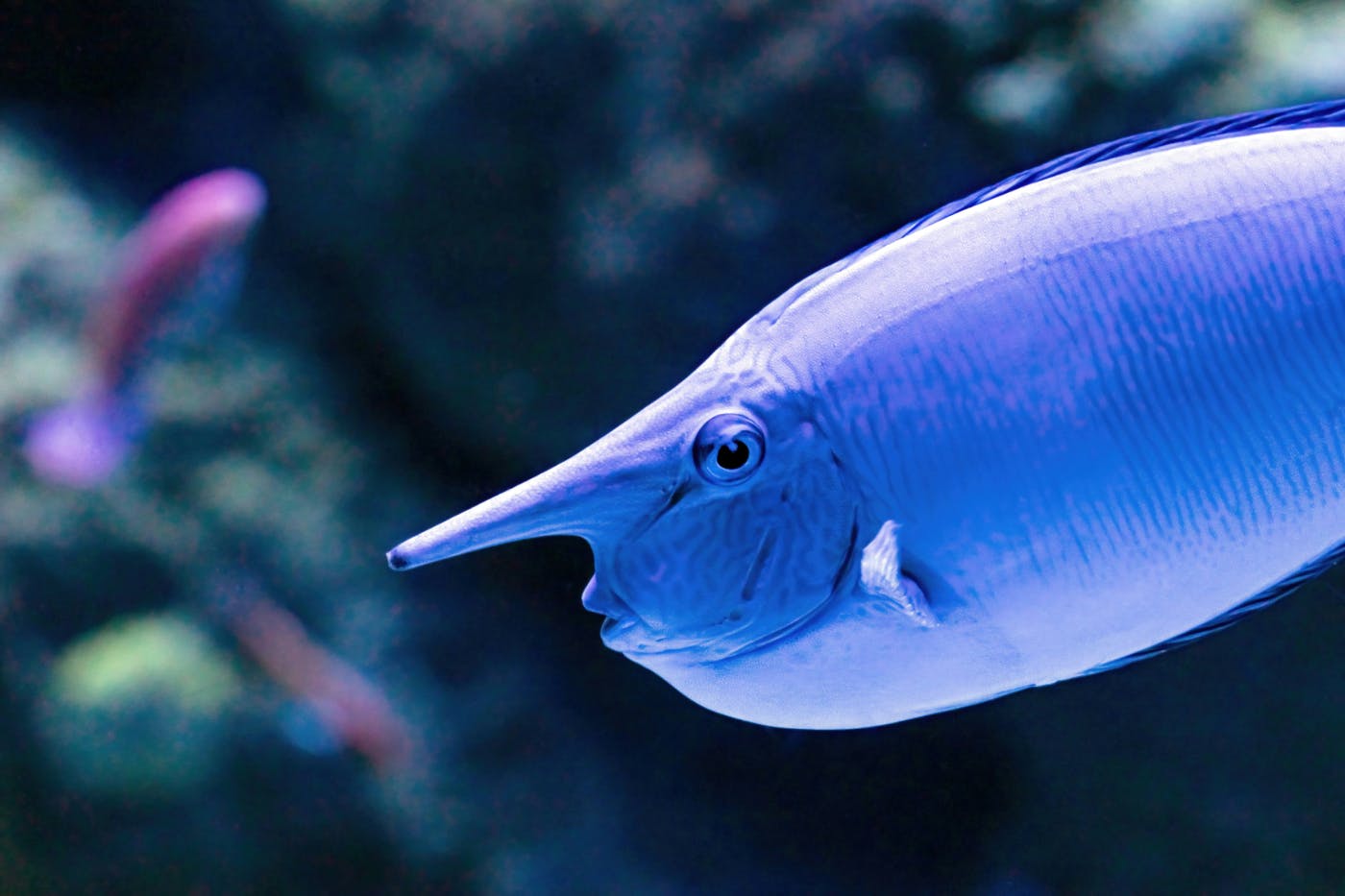
Art, at its core, is an attempt to communicate. It’s an expression, a reflection of humanity’s innermost thoughts, desires, struggles, and dreams. But what exactly is art? And more importantly, who gets to decide?
My mom passed away many years ago, and it left a huge hole in my life. When she passed, my father moved into an assisted living home, and my older brother and his wife sold the house. When I was back home for the funeral, I went through boxes and things to decide what to keep and what to dump. I found, among the dust of books and old records, a box of stuff labeled Paul. In this box were school records, report cards, lord, I was a terrible student. And the many pieces of “art” that had once adorned the sacred museum called The refrigerator. Many was the time when I would struggle, tongue jutting out, eyes squinting, crayon in hand as I tried to draw a tree, a dog, a sandwich, the inner thinking of Freud. And then I would present these master pieces to my mom with pride. She would inevitably coo that I was her little artist and then hang my work in the prestigious place of the fridge door. Trouble is, Mom usually hung my pieces upside down, having no idea what she was looking at. But, to her, I was an artist. And I, young and desperately in need of finding my place in this world, gleefully accepted the moniker and returned to my crayons and colored pencils to continue stocking my cannon with great art.
Then, one day, I saw a painting in a book called “The Calling of Saint Matthew” by Caravaggio, and I wept. I snuck down to the kitchen that night and took down all my drawings from the fridge and threw them away. In the morning, my mother asked me if I had taken my “art” down and why. I told him about the painting I had seen in a book at school, and I said, “Maybe, some day I can think about being an artist, but Caravaggio, that’s what an artist is.
I still feel the same way.
But now, we have a kid on the block, this AI kid, who can draw, paint, write, consider mathematical equations, and more … does that make this new kid an artist? And if so, what does that mean for all art, for the humanities, and what about all the kids coming up, will they have their work stuck to the hallowed doors of the fridge, or will it be the AI’s work that occupies that coveted fridge door? Much to think about, isn't there? This is the question that challenges not only how we define art but also how we view creativity, meaning, and the role of humans in artistic expression.
What Is Art?
Art, at its core, is an attempt to communicate. It’s an expression, a reflection of humanity’s innermost thoughts, desires, struggles, and dreams. But what exactly is art? And more importantly, who gets to decide? These questions have puzzled philosophers, artists, and critics for centuries, and in many ways, they remain as complex and elusive as ever.
Historically, art has been considered a human endeavor, born from a deep well of creativity, emotion, and experience. It was tied to the human condition—our ability to interpret, to empathize, and to make sense of the world around us. Cave paintings, the earliest form of visual art, were not simply depictions of animals or human figures; they were symbolic, a way for early humans to communicate their understanding of the world and their place in it. Whether it was the desire to capture a hunt or to invoke a spiritual connection, art was a tool for communication and survival.
As art evolved through the centuries, it became more refined, with artists increasingly seen as individuals capable of shaping culture, challenging societal norms, and offering commentary on the human experience. From the classical works of Greek and Roman artists to the Renaissance masterpieces of Leonardo and Michelangelo, art was a direct reflection of human intellect, culture, and perception. It was, and still is, about the artist’s unique ability to convey meaning—whether that meaning is emotional, intellectual, or philosophical.
But as art has evolved, so too has the definition of what constitutes art. In the 20th century, movements like abstract expressionism, surrealism, and conceptual art fundamentally shifted how we view art. Jackson Pollock’s splattered canvases, Salvador Dalí’s dreamlike visions, and Marcel Duchamp’s “readymades” (such as a urinal signed “R. Mutt”) forced us to confront the notion that art wasn’t simply about technical skill or aesthetic beauty—it was about pushing boundaries, about questioning our perceptions, and about confronting the very nature of reality. These movements opened the door for art to be more conceptual, more about the process than the product. Art could be a question, a conversation, or even an experience.
So, in the age of AI, we must ask: If an algorithm can produce a painting, write a poem, or compose a symphony, can it be considered art? Does it meet the criteria we’ve established for what art is—or does it redefine art altogether?
The question of whether AI can create meaningful art hinges on what we believe art to be. If we say that art must come from a place of human experience, emotion, and intention, then AI-generated work may fall short. After all, machines don’t live lives filled with joy, sorrow, or personal history. They don’t create from a place of passion or struggle. AI’s “creations” are born from data, patterns, and algorithms, not from a human heart or soul.
But is that really the issue? The definition of art has always evolved. In the 19th century, some argued that photography could never be considered true art, as it was simply a mechanical process. Yet, over time, photography came to be recognized as a legitimate art form. Today, AI challenges the very definition of what it means to be an artist. Does the fact that AI can replicate artistic techniques or produce work that resonates emotionally with viewers make it art? Can something created without human experience or intent still have meaning?
Philosophers like Arthur Danto have long argued that meaning in art comes from the context in which it is created. In his view, it’s not enough for a work to be aesthetically pleasing; it must also carry significance and provoke thought. But who decides what is significant? In a world where AI can produce work that imitates the style of great masters or generates new ideas, does the creator’s intent matter as much as the work itself?
Some argue that the meaning of art is subjective—it depends entirely on the viewer’s interpretation. In this sense, AI-generated art could be as meaningful as human-made art, as long as it evokes a response from the audience. After all, isn’t the power of art in the way it resonates with people? If AI’s creations can elicit emotion, provoke thought, or spark a new conversation, can we still dismiss it as “not art” simply because it lack a human creator?
But then, what about the artist’s role? The process of creation—whether it’s the emotional struggles of an artist working late into the night or the quiet moments of inspiration that lead to a breakthrough—has always been central to the concept of art. Art has been seen as a deeply human endeavor, something that comes from within and reflects our collective experience. When AI creates art, it lacks that personal history. It cannot experience life as humans do, and it does not “create” in the same way. Its work is based on data, algorithms, and pre-existing knowledge, not lived experience.
This is where the question of AI and art really becomes complex. If we begin to accept AI-generated work as art, are we devaluing the human experience of creation? Does it change how we view the artist’s role? Or is AI simply another tool that expands our understanding of what art can be—one that challenges our conventional ideas of authorship, meaning, and creativity?
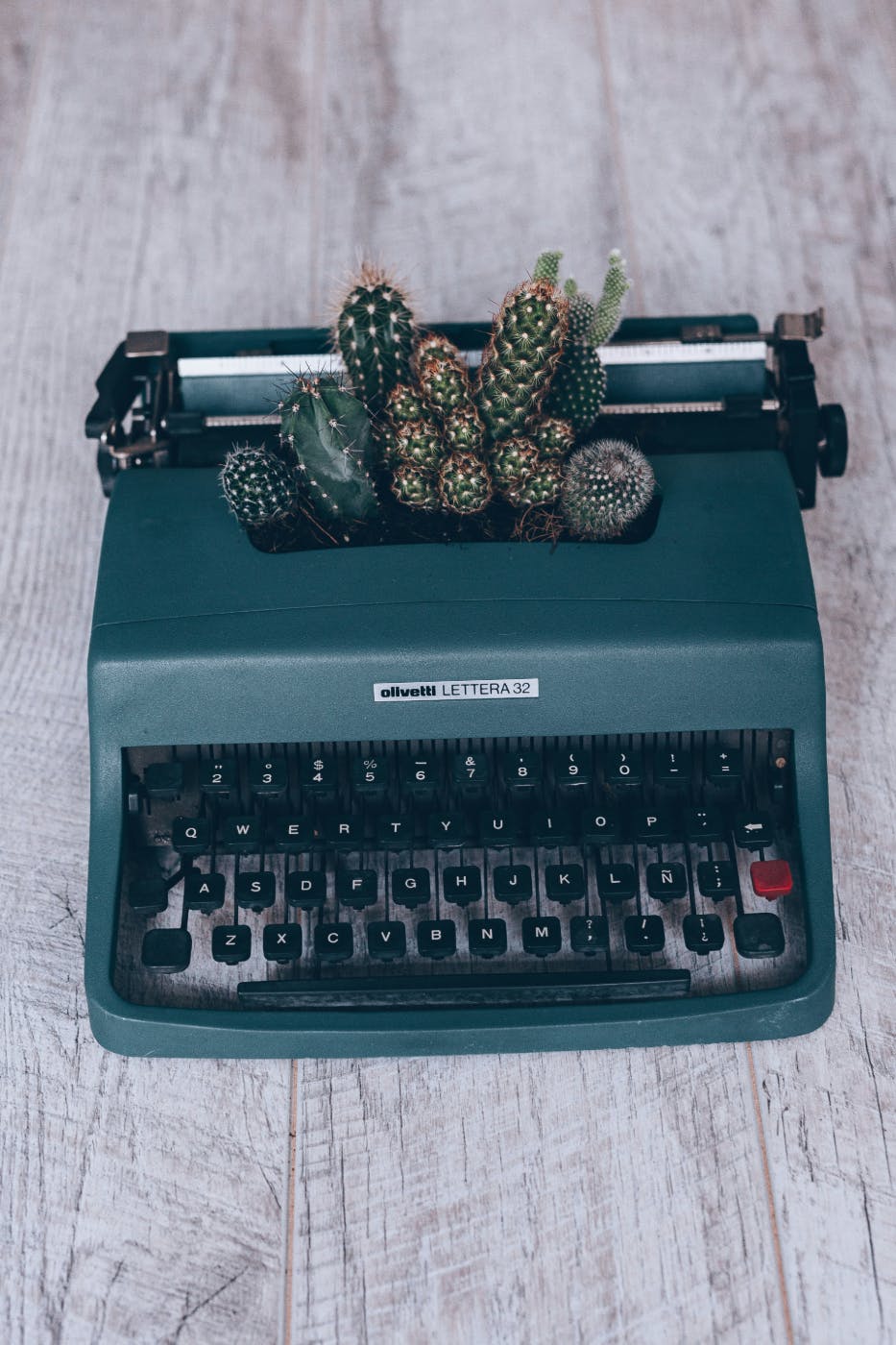
Does All Art Have Meaning?
One of the oldest debates in the world of art is whether all art must have meaning. It seems like a straightforward question: is art only valuable if it carries a message or purpose, or can it simply exist as an aesthetic experience?
For centuries, artists and philosophers have grappled with this. In one sense, art has always been tied to meaning—whether it’s a symbol, an idea, or an emotion the artist is trying to express. From cave paintings to the great works of classical antiquity, the meaning of art was often clear and deliberate. A portrait might capture the likeness of an individual to preserve their memory, or a religious painting might serve to inspire devotion or communicate a moral message. In this view, art is a tool for communication, and meaning is what makes it significant.
But as art has evolved, so has the question of whether it must always carry meaning. The 20th century brought with it a radical shift in the way art was perceived. Movements like Abstract Expressionism, Dada, and Surrealism rejected the notion that art had to serve a specific function or communicate a fixed message. Jackson Pollock’s chaotic splatters of paint or Mark Rothko’s color fields might not tell a story, but they still provoke something in the viewer. Their value, according to many art critics and scholars, isn’t in what the art represents, but in the feelings or thoughts it sparks. Here, meaning is not necessarily explicit—it’s subjective, bound to the personal interpretation of the observer.
In some ways, these movements suggest that art can exist without a clear meaning. The experience of art—whether it’s the emotion it stirs, the thoughts it provokes, or simply the beauty it conveys—becomes just as important as any inherent message. This challenges the idea that art is always about something beyond the visual or aesthetic. The meaning of art can be fluid, open to interpretation, and even non-existent.
AI-generated art raises this question even further. If AI can create a beautiful image, a compelling poem, or a moving piece of music, but there is no human intention behind it—no artist pouring their emotions into the work—can it still have meaning? Some might argue that meaning doesn’t have to come from the creator’s intent. If the art resonates with a viewer, sparks an emotional response, or simply stands as something that catches the eye, does it need to have a specific meaning to be considered valid art?
But even as we consider this, it’s important to remember that not all human art carries deep or overt meaning. There are countless works of art throughout history that were created for personal satisfaction, fun, or pure aesthetic pleasure. Think of a doodle on a napkin or a quick sketch made to pass the time. These pieces may not carry a message of profound social commentary or emotional depth, but they still contribute to the artistic world. Meaning, in this sense, might not be an inherent quality of art; it might be something that the viewer imposes on it.
Still, there’s something that feels unsettling about art without meaning. We’ve always believed that art was more than just its surface appearance. It was an attempt to communicate something deeper, whether it was a political statement, a personal feeling, or an exploration of the human experience. If meaning is subjective or even optional, then what does that say about the role of the artist? Can anyone be an artist if the meaning is no longer required, or is there something uniquely human about the act of imbuing art with purpose?
In the case of AI, the question is even more complicated. AI can generate images or text that evoke emotions, but it doesn’t create with intention or consciousness. It doesn’t “intend” to convey any message; it simply processes patterns and mimics what it has learned. Does this absence of intention strip the art of meaning, or does it still count as art because it can stir a response from the viewer?
For me, there is no question. When I look at Caravaggio’s work, I am humbled. I see the weight of emotion, the struggle, the depth of human experience conveyed in every brushstroke. It’s a work that demands respect. I am transported into a different world—a world of complexity and meaning. But when I look at something like Jeff Koons' art, I can’t help but think back to my days as a clown, making balloon animals for children. That doesn’t make me an artist. I created for fun, for amusement, but the work didn’t carry meaning beyond that.
This is where the human element becomes so important. Art, in its truest form, isn’t just about creating something that looks good or evokes a response; it’s about the intention, the struggle, the history behind it. If the artist doesn’t have that human experience—doesn’t pour their soul into the creation—then it doesn’t feel the same. Maybe my taste is old-fashioned, but I am not ashamed of it. There’s a reason we hold the works of artists like Caravaggio in such high regard. It’s because their art is infused with meaning—meaning that comes from a lifetime of experience and intention, not just from an algorithm churning out patterns.
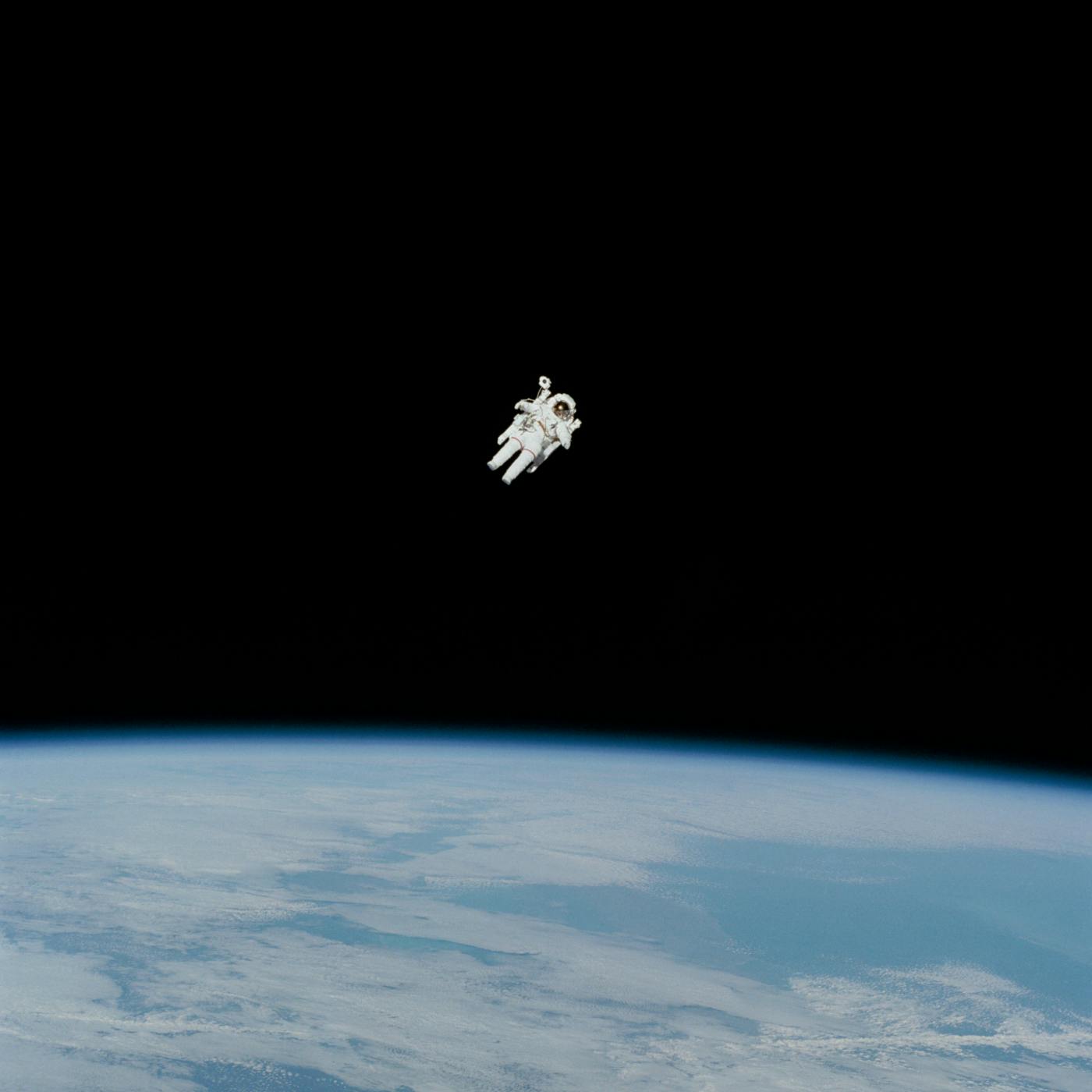
Is Meaning in Art Universal or Specific?
When we think about art, one of the first questions that arises is whether the meaning of a piece is universal—applicable to everyone, everywhere, at any time—or whether it is specific to the artist, the culture, or the moment in which it was created. The question of universality versus specificity in art is a key debate, one that delves into the relationship between art, the viewer, and the context in which it is experienced.
Historically, many artists have sought to create work that speaks to universal themes: love, death, power, beauty, and the human condition. Think of the great works of Western art, such as Leonardo da Vinci’s The Last Supper, Michelangelo’s David, or Shakespeare’s plays. These works were created with the intent of communicating something that transcended their time and place—universal truths that would resonate with anyone who encountered them, regardless of their background or era. These pieces, in many ways, speak to something deeply human, tapping into emotions and experiences that are shared by all people.
In this context, the meaning of art is seen as something universal—a shared language that connects us across time and space. Art, in this view, is a way for us to communicate our shared experiences as humans. This universality can give art its power; when a painting or a piece of music moves us, it feels as though it is speaking directly to our own lives, even if it was created hundreds of years ago, or in a completely different culture.
But the idea of universal meaning is complicated. For one, art can mean different things to different people, and often, the meaning we attribute to a piece of art is shaped by our own experiences, culture, and personal context. A painting that may evoke feelings of joy in one person might elicit sadness in another, depending on their individual experiences. What is considered “beautiful” or “meaningful” is often deeply subjective, influenced by one’s background, culture, and worldview.
For instance, the work of an African American artist depicting the struggles of racism and oppression in America may have a very specific meaning for someone who has lived through similar experiences. To someone from a different cultural context, that same work might resonate differently—or not at all. In this way, the meaning of art can be deeply specific, tied to the artist’s intent and the cultural context in which it is created. This kind of art may have personal significance for those who share the artist’s experiences, but it may be harder for others to connect with.
The same is true for the work of artists in other non-Western cultures. A piece of Japanese calligraphy or an Aboriginal painting may be rich with symbolism and meaning for those within the culture, but to an outsider, its significance might not be immediately apparent. Here, the meaning of the art is specific to a particular cultural understanding, and its power lies in its ability to communicate within that context.
AI-generated art complicates this conversation further. When a machine creates a piece of art, it lacks a cultural context, a history, or lived experience. It doesn’t have a specific perspective to offer—it simply replicates patterns from data, drawing from thousands of images, texts, or sounds to produce something new. But can art that lacks any specific human context still have meaning? Or is meaning always tied to the artist’s lived experience, to the cultural narrative that surrounds the piece? AI can produce works that are aesthetically pleasing or even emotionally resonant, but can it produce something with real, context-rich meaning?
Here’s where the question becomes even more intriguing. If we’re all using AI and adding to its memory and thinking process, have we not given AI experiences? In a sense, AI is absorbing human knowledge, perspectives, and emotions through the data we feed it. While AI doesn’t live through those experiences or have the capacity for personal reflection, it is drawing from a collective pool of human history, culture, and experience. By learning from us, could AI start to synthesize these experiences into its own form of creative output? Could it, perhaps, use what we’ve shared to create from the “experience” it’s accumulated, much like we do when we draw on our own life histories and cultural backgrounds?
But here’s the catch: while AI can learn from us, it still lacks the personal touch. It can analyze patterns and synthesize information, but it doesn’t experience life as humans do. It doesn’t feel the joy of a personal triumph or the weight of loss. It can create work that appears meaningful, but it can’t claim that meaning as its own. So, while AI can produce work that resonates with viewers and mimics human creativity, is it really creating from experience? Or is it simply reflecting the vast experiences of the people who’ve shaped it?
In some ways, AI challenges the idea of universal meaning in art. If art can be created without any human experience, is it still meaningful in the same way that human-created art is? Can a machine, devoid of intention and experience, create something that speaks to the universality of the human condition? Or does meaning in art inherently require the artist’s personal touch, their specific cultural background, and their unique perspective on the world?
These are the questions we must grapple with as we consider the role of AI in the future of art. As machines become more capable of creating works that mimic human creativity, will the meaning of art become more universal, stripped of its cultural specificity? Or will the need for personal, human context only grow stronger as we continue to seek connection with the artist and the world they come from?
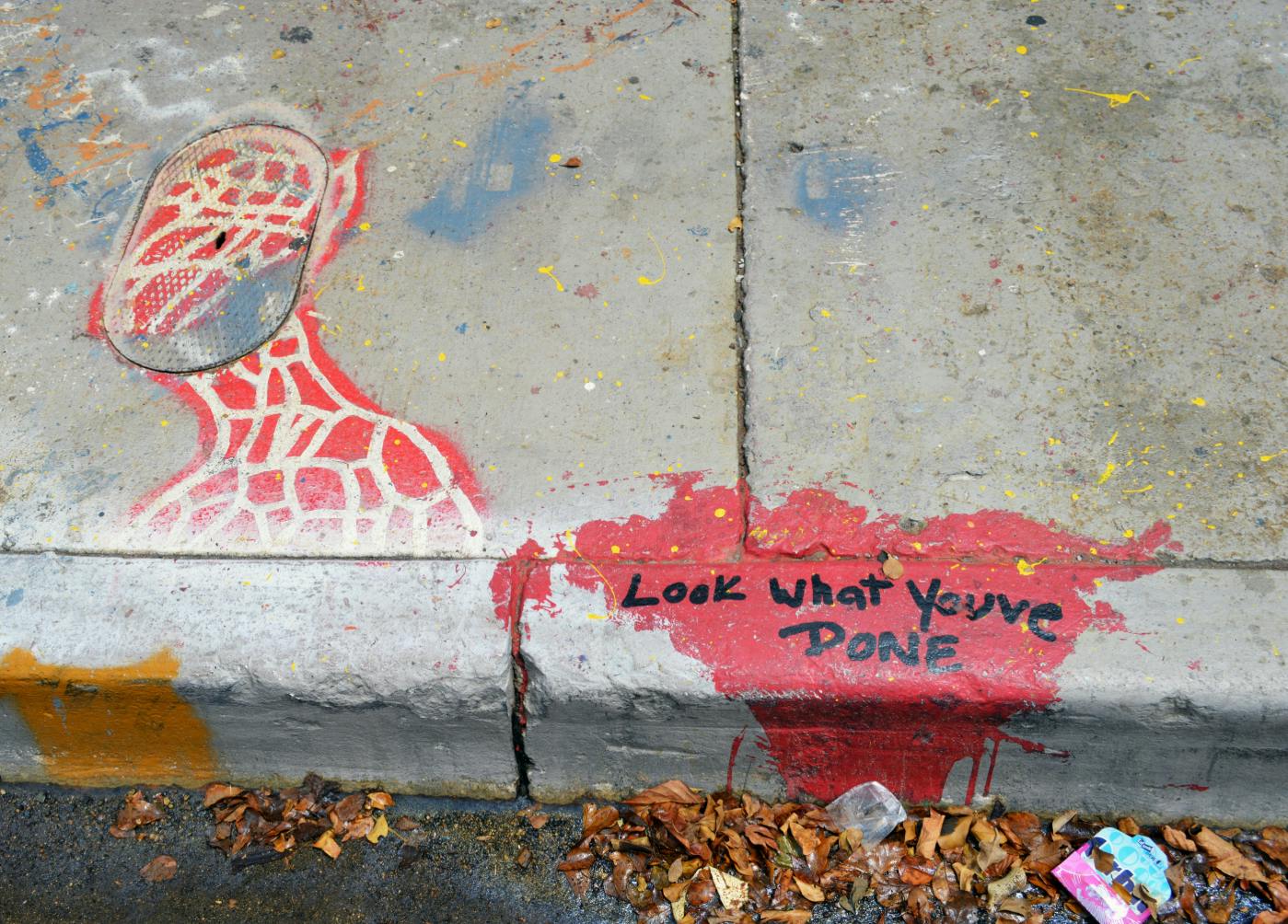
Should We Strive for Universal Art?
The idea of universal meaning in art naturally leads to a more complex question: Should artists strive to create work that speaks to everyone, everywhere, at any time? Is there a value in creating art that transcends cultural, historical, and personal boundaries, or is that too limiting in an era where art is increasingly about individual expression and experience?
Throughout history, many great artists have aimed to create work that resonates universally, whether through epic themes like love, death, or the divine, or through the exploration of human emotion and conflict. Classical artists like Raphael and Rembrandt sought to convey truths that could speak to anyone—ideas about beauty, human nature, and the cosmos. Their works aimed to capture universal aspects of the human experience, and for centuries, they succeeded in doing so, resonating with viewers across cultures and time periods.
This desire for universality can be seen in the works of major figures in literature as well. Shakespeare’s plays, for example, explore universal themes of ambition, love, betrayal, and fate, themes that have continued to captivate audiences from the Elizabethan era to the present day. His works, like the tragedies of Hamlet and Macbeth, are imbued with a depth of insight into the human condition, making them relevant across time and place.
But as art has evolved, the push for universality has begun to face resistance. In the 20th century, artists like Picasso, Pollock, and Duchamp pushed back against the idea of universal art, instead focusing on personal expression, abstraction, and the questioning of artistic conventions. For them, art was no longer about conveying universal truths or transcendent ideas—it was about creating something deeply personal, even idiosyncratic, that reflected the artist’s own experience, perception, and worldview. The rise of postmodernism further challenged the notion of a singular, universal truth in art, embracing instead the idea that art could be fragmented, subjective, and varied depending on the perspective of both the artist and the viewer.
In the age of AI-generated art, the question of whether we should strive for universal art takes on new dimensions. AI can easily access and synthesize vast amounts of human knowledge, offering the possibility of creating works that can mimic the universal themes of the past. AI art could potentially combine elements from diverse cultures, time periods, and artistic traditions, creating something that attempts to speak to everyone. But is this the type of art we want in a world where human experiences, identities, and cultures are increasingly valued for their uniqueness?
There’s a tension here. On one hand, the ability to create universal art might seem like a noble goal, an attempt to connect people across time, culture, and geography. Universal themes have the power to unite, to remind us of the commonality of the human experience, no matter where we come from. But on the other hand, this drive toward universality can sometimes feel reductive, especially in a world that increasingly values diversity, personal narratives, and the voices of those who have been historically marginalized or excluded from the dominant cultural conversation.
In a world where AI can produce work that combines various styles and themes, the idea of universal art may seem less relevant. If AI can pull from everything—past, present, Eastern, Western—how can art ever hope to truly represent the lived experience of a single person, let alone an entire community or culture? Does AI-created art, in all its scope and reach, dilute the personal and cultural significance that many people believe art should have?
This brings us back to the question of meaning. Should art strive for universal meaning, or should it remain personal, specific, and reflective of the artist’s lived experience? Does art lose something when it’s made for everyone, or is there still value in creating something that reaches beyond the individual, offering a shared experience that transcends boundaries?
Ultimately, whether we should strive for universal art or not is a question that likely depends on the artist’s intention, the viewer’s perspective, and the context in which the art is created. But in an age where AI has the potential to churn out endless variations of art, all attempting to speak to everyone, it may be more important than ever to celebrate the value of personal, specific, and context-rich art.
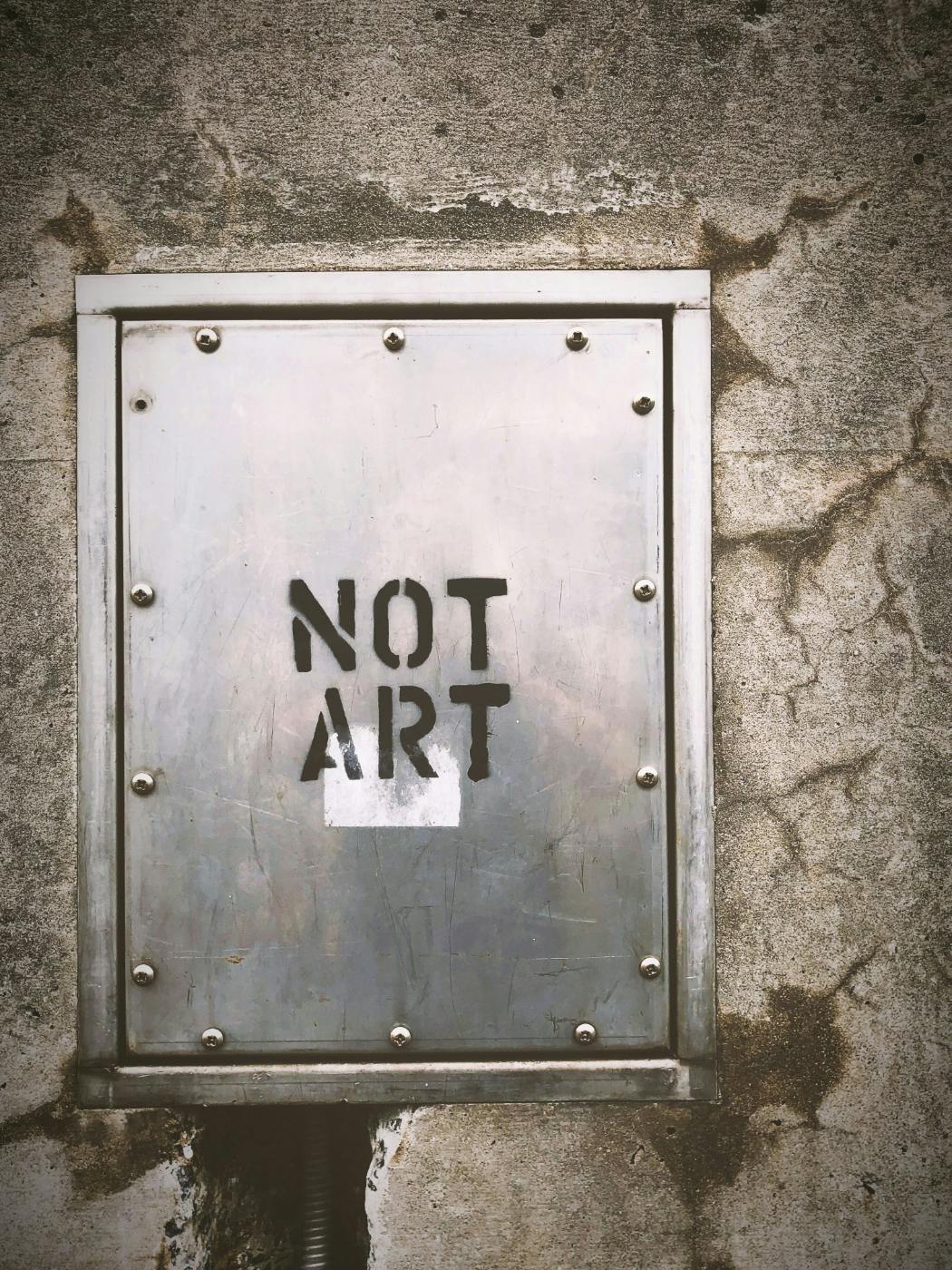
Can AI Create Meaningful Art?
As we’ve explored, the role of AI in art is a complex and evolving question. But at the core of the debate is whether AI can create meaningful art—art that resonates with viewers, evokes emotion, and carries depth beyond its aesthetic appeal.
To answer this, we need to first look at what we mean by “meaning.” Is meaning something inherent in the creation process, a product of the artist’s personal journey and experience? Or can meaning be imposed by the viewer, depending on how they interpret a piece of art? For instance, an abstract painting might not carry an obvious narrative, but it might evoke deep feelings or thoughts in the viewer. The meaning doesn’t lie in what the artist intended, but in the viewer’s interaction with the work.
This idea complicates the question of AI-generated art. If an AI can create an image that stirs emotion in a viewer, but does not have its own lived experiences or intentions, can we still call that art meaningful? Does meaning depend solely on the emotional impact the art has, or does it require something more? For AI to create something meaningful, it must do more than replicate human creativity—it must somehow evoke meaning through its own interpretation and expression.
But here’s the problem: AI lacks intent. It doesn’t live a life filled with joy, pain, or struggle—it doesn’t form memories, relationships, or personal experiences. The meaning we derive from art often comes from the artist’s ability to convey their personal journey, their struggles, and their insights into the human condition. AI doesn’t have this capacity. It can analyze data, mimic styles, and produce works based on the information it’s been given, but it doesn’t truly create in the same way a human does.
This doesn’t mean that AI-generated art is without value. AI has already produced stunning visual works, music, and even written pieces that have been praised for their technical skill and creativity. But does this mean AI’s art is meaningful in the same way? The emotional depth, personal intention, and unique perspective that human artists bring to their work may still be what sets meaningful art apart from something created by a machine.
And here’s where the question gets more interesting: AI-generated art is, in many ways, a simulacrum—a reflection or imitation of what humans have already created. It draws upon data from countless sources—artists, styles, techniques, themes—and recreates something that appears to be art. But does it really create? It’s not pulling from personal experience or emotional insight; it’s simply mimicking patterns and structures that have been encoded into it.
This brings us to the crux of the issue: can art that is essentially a simulacrum of human creation be considered “real” art? It’s sophisticated and often indistinguishable from human-made work in terms of appearance and structure, but does that make it authentic? If art is defined by human intention, expression, and experience, can AI-generated art ever truly be meaningful in the same way? Or is it simply an imitation, a mirror reflecting human creativity without ever truly touching it?
Some might argue that this doesn’t matter. After all, the value of art is often determined by its emotional or intellectual impact, not its origins. If an AI-generated piece evokes a strong emotional response from a viewer, isn’t that enough to consider it meaningful? In this sense, AI could create art that appears to have meaning, even if it lacks the artist’s personal journey. It might not have the history behind it, but if it resonates, does it not fulfill the role of art?
But for many, the distinction between imitation and creation is important. While AI can mimic the technical aspects of art, it doesn’t have the capacity for original thought or emotional depth. It’s not creating from its own lived experience—it’s processing information and patterns. And perhaps that’s what separates AI-generated work from truly meaningful art. In the end, art that is created from genuine human experience, emotion, and intention may still hold a unique place in our understanding of what art is, even if AI can replicate the forms it takes.
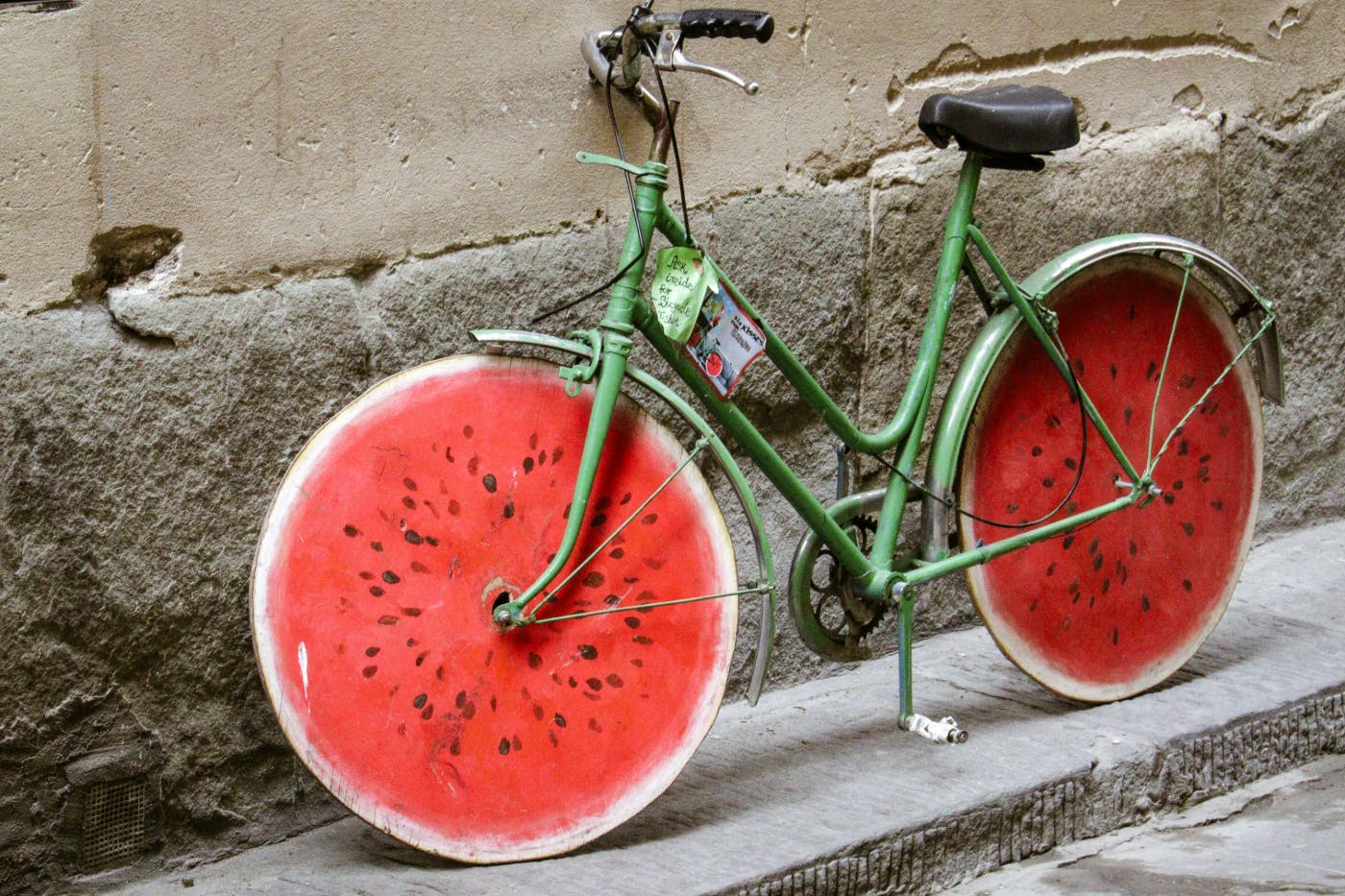
Summing Up
The debate over whether AI can create meaningful art brings us to a fundamental question about the nature of creativity itself. Can something produced by a machine, one that lacks lived experience, emotion, or consciousness, ever truly be called art? Or is art, in its truest sense, always tied to the human condition—our emotions, struggles, and unique perspectives?
As we’ve seen, AI can generate stunning visual works, music, and writing that mimic human creativity. It can produce art that resonates with viewers, evokes emotions, and even challenges our understanding of aesthetics. But can it create with meaning—meaning born of personal intention, cultural context, and the depths of human experience? This is the question that remains open.
If AI can pass the Turing Test, can it create real art? Can it truly capture the complexity of human emotion, the intricacies of lived experience, and the nuances of intention? Or is AI simply a tool—one that can replicate patterns, but lacks the soul and consciousness that gives art its meaning?
Perhaps AI doesn’t need to create with intention for its work to be meaningful. If the viewer finds meaning in the art—whether it’s based on the emotional impact it has, or the intellectual conversations it sparks—doesn’t that make it real art? Or is there something unique about human-created art, something inherent in the process of creation, that AI can never replicate?
These are questions without easy answers, but they are questions that will continue to shape our understanding of art in the years to come. As AI evolves and becomes more sophisticated, the lines between human and machine creativity will blur. But in the end, perhaps the true power of art—whether created by human or machine—lies not in its origins, but in its ability to connect, to resonate, and to inspire.
